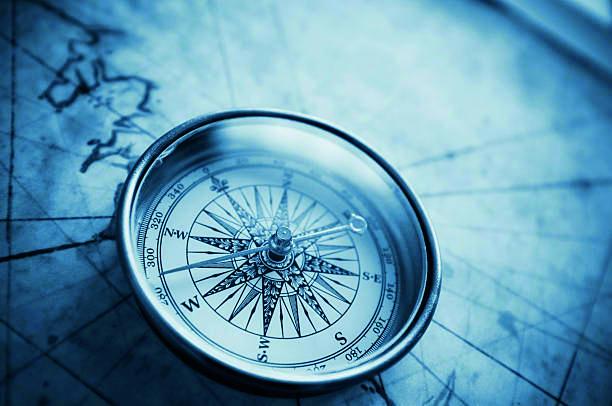


by Darren Willmott
The long and sprawling supermarket shelves may lead you to believe that the number of different bottles of wine out there are unending, especially when you see that Tesco stock different wines to Sainsbury’s, who stock different wines to M&S, and so on and so on. Being able to confidently navigate all of these bottles may seem like an impossible task, but there are many hints and tips out there to make things easier, and it’s always good to remember that grapes grow in certain regions for a good reason. They need to ripen successfully to give the winemaker a regular and sizeable crop each year. Climate plays a massive factor, and applying a little straight-forward logic can mean you already know a little more than you thought you did. For example, the warmer the region, the thicker and darker the grape skin will need to be in order to stand up to the sunshine. The thicker and darker the grape skin, the more robust and ripe fruited a wine will be. The classic wines of France tend to use their recognised region of origin instead of grape variety, so instead of being listed as say, a Sauvignon Blanc, you will see them listed as Bordeaux, Loire, Rhone etc. A quick tip here is to remember that Chablis is made from Chardonnay (both starting with Ch), and similarly Sancerre is made from Sauvignon Blanc. There have been numerous times I have heard someone saying that they don’t like Chardonnay but are partial to a Chablis, even though they are both made using the same grape variety. Just like when trying to learn a new language mnemonics can be useful too, with abbreviations particularly helpful when trying to recall, for example, the 20 different wine regions of Italy. The country covers some 10 degrees of latitude and is split for the wine world in to the north, the central and southern regions. The north can easily be remembered with the mnemonic PLV LEFT. This give you the seven regions, left to right, of Piedmont, Lombardy and Veneto, followed by Liguria, Emilia-Romagna, Friuli and Trentino which run in a row underneath. For the central regions I recall TUMLA, which indicates Tuscany, Umbria, Marche, Lazio and Abruzzo, and the south is CCSSBP (or 2xC, 2xS, British Petroleum) for Campania, Calabria, Sicily, Sardinia, Basilicata and Puglia. Whilst at first glance this might still seem incredibly difficult, after a bit of practice, and with a healthy dose of interest in the areas, it will trip off the tongue with no effort at all. A key to making things even easier to recall is to make the acronyms relevant to you. Another quick example is the vineyards of South Africa. Being very much into my music the western coastal regions of Constantia, Durbanville and Swartland are recalled by thinking of CDs, and the inland regions of Paarl, Roberson and Stellenbosch have the initials PRS, the same as the Performing Rights Society. If you’re interested in the work of the Physiotherapy Research Society the same trick could work for you too. Whilst you obviously still need to put in time learning the details for each one of these regions/countries to fulfil the recall, using abbreviations is definitely a learning technique that I would recommend. Cheers!